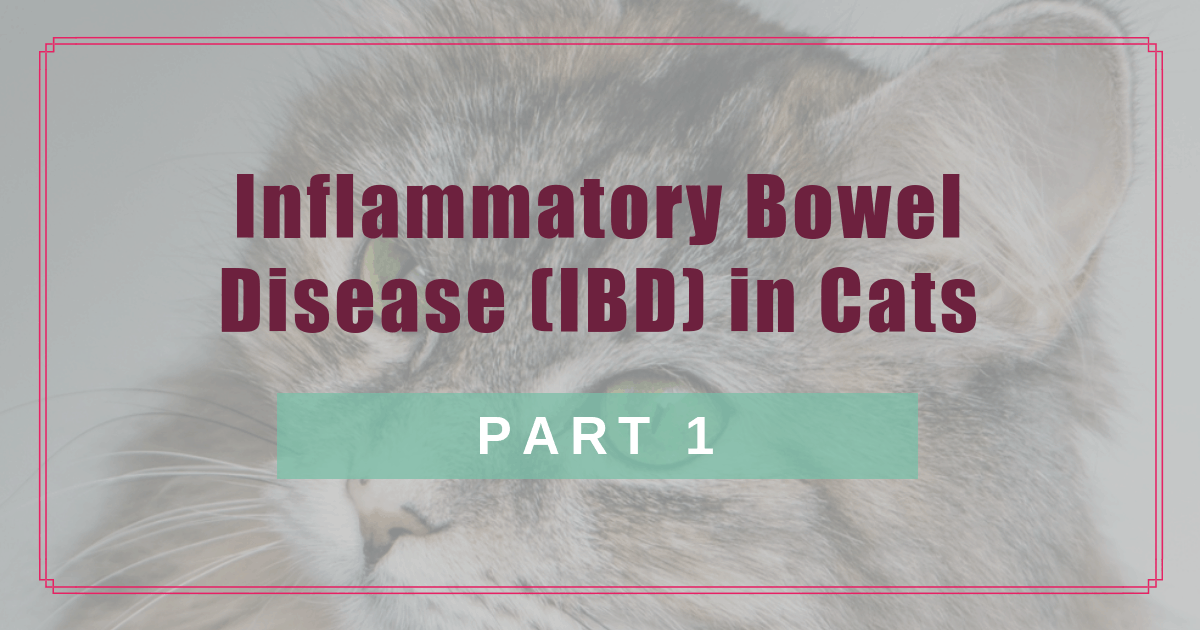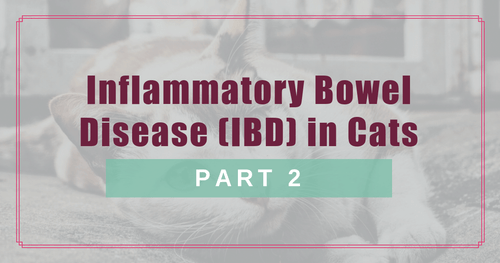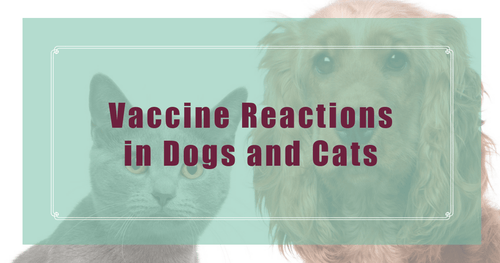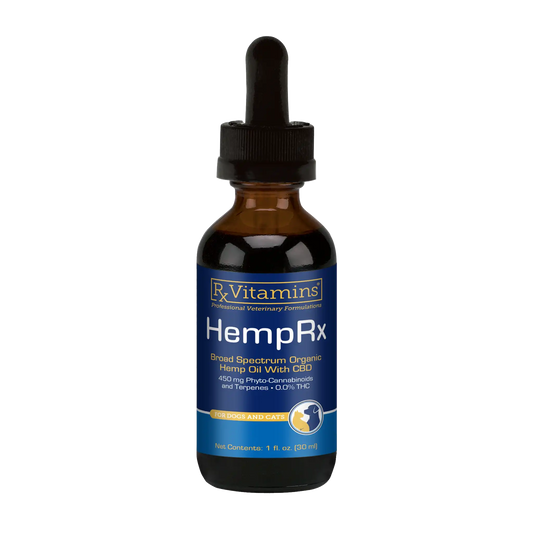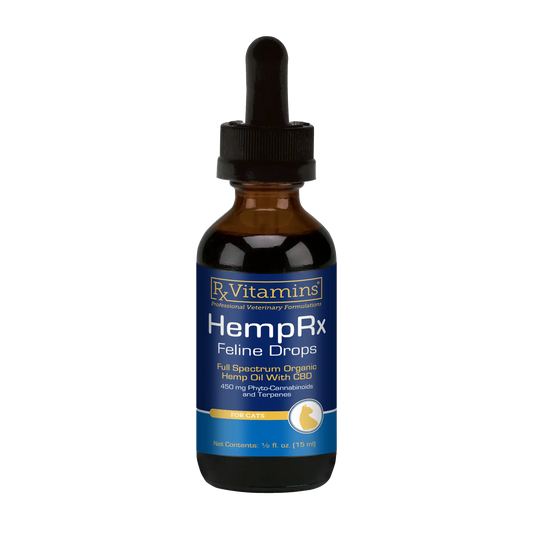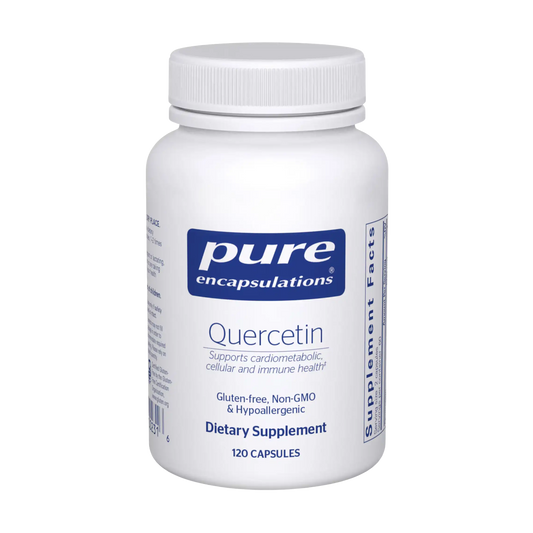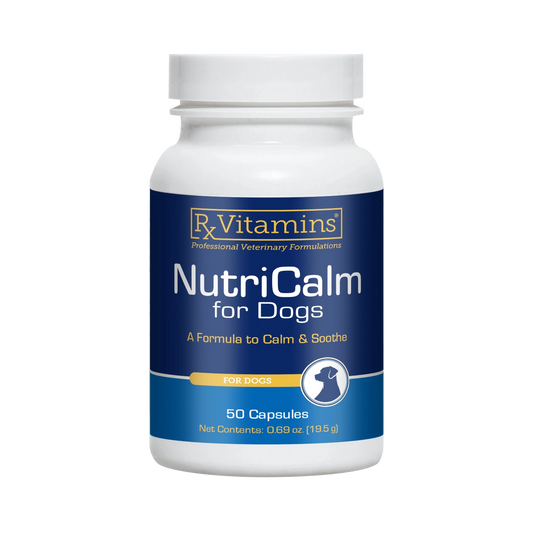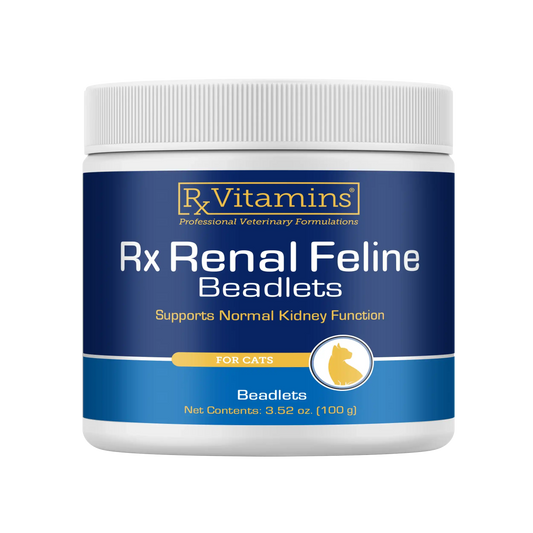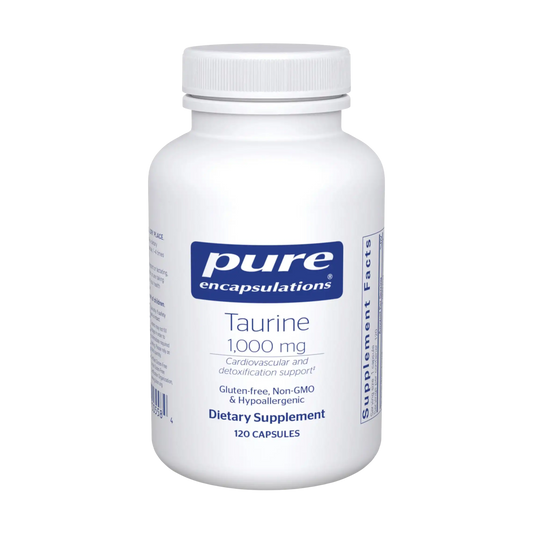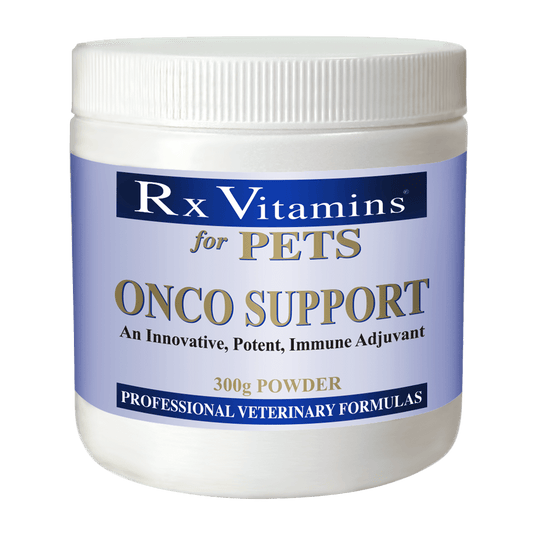Inflammatory Bowel Disease (IBD) in cats is common and can be challenging to manage. I have created a two part series to help empower you to take a thorough and holistic approach to this disease. In the first part I will cover the symptoms of IBD along with an in-depth discussion of navigating the tests and procedures that are used to confirm a diagnosis of IBD. In part two you will learn how to use diet, natural remedies and if needed pharmaceuticals to achieve the best results for your kitty.
Symptoms:
IBD has a wide spectrum of severity. Some cats have very mild and intermittent symptoms and may not require treatment, while other cats suffer from life threatening disease. Here is a list of symptoms that can be associated with IBD:
- Weight loss (for some cats, this is the only symptom)
- Vomiting
- Diarrhea
- Urinating or defecating outside box
- Ravenous appetite
- Eating non-food objects
Many of these symptoms are non-specific and can be associated with other disease such as hyperthyroidism, diabetes, kidney disease and even cancer. In the next section we will discuss how to proceed with diagnostics to ensure we rule out these other types of disease.
Diagnostics:
There is A LOT of diagnostic testing when it comes to getting a definitive diagnosis of IBD in kitties. You may not have the resources to complete them all. That is 100% okay. I will discuss treatment alternatives, if the test is not in your budget.
Round 1:
- Blood chemistry. These panels vary in depth but generally contain liver enzymes, kidney function indicators and electrolytes. This test is going to rule out other common diseases like kidney disease or diabetes.
- Total T4. This a thyroid function test and will help rule out hyperthyroidism. This disease can look EXACTLY like IBD.
- Complete Blood Count (CBC). This test looks at the number red blood cells, white blood cells and platelets. This test may discover other or more serious disease processes.
- Urinalysis. This helps us test kidney function and rule out concurrent urinary tract disease.
These tests are usually the most preliminary tests. The sum of these tests will generally cost around $250. If you are on a tight budget, opt to skip the CBC and urinalysis. Your veterinarian can work with you in selecting the blood tests that fit your budget.
If the previous tests are normal or do not explain your cat’s symptoms here are the next steps:
Round 2:
- Abdominal ultrasound. This is a non-invasive test that requires your cat’s belly to be shaved so that the abdominal organs can be visualized via sonogram. This will help screen for disease of the liver, pancreas, kidneys and adrenal glands. This also allows us to visualize the bowel loops and their thickness. When the intestinal walls are thickened, we suspect that they are inflamed. The ultrasound also allow us to visualize the lymph nodes associated with the bowels. When these lymph nodes are enlarged, it is an indication of inflammation or cancer.
Generally an abdominal ultrasound is between $250-$500. Depending on the severity of your cat’s symptoms, you may elect to stop here and pursue treatment. If your cat’s symptoms are severe or you would like to keep climbing the diagnostic ladder here are the next steps.
Round 3:
- Gastrointestinal Panel from Texas A&M University. This blood test looks specifically at how the intestines are absorbing nutrients. It also looks at the function of the pancreas. Many cats with IBD also have some degree of inflammation. I often add this test on to round 1 diagnostics when I have vomiting kitty. There are a couple nutrients that we can give to help offset what the intestines are not absorbing. As a result, this test can really help guide our treatment.
- Endoscopy. This is used when we want more definitive answer. During this test, your cat is anesthetized and a camera is put down their esophagus into their stomach and a small portion of the intestines. Here they can visualize the lining of the gastrointestinal tract and can take samples to analyze. These tissue samples will help categorized the type of inflammation. This can also be used to guide treatment.
The Gastrointestinal Panel is around $350 but can be broken down into individual tests. Generally endoscopies run around $1,500-$2,000. This is where the majority of pet parents stop with diagnostics. By now, we often have the answers we need to proceed with successful treatment. However, some cases require more definitive answers. On to the next round!
Round 4:
- Abdominal Exploratory. The tissues samples we took on the endoscopy were only part of the intestines. To obtain a DEFINITIVE diagnosis, we must take a full thickness sample of the intestines. This requires us to open the abdomen and remove a small portion of bowel in a few locations. This is generally reserved for cases in which we suspect intestinal lymphoma or if kitty is not responding to treatment.
Phew! Are you exhausted yet? We are on the home stretch!
This discussion would not be complete without mentioning intestinal lymphoma. This is the scary part of IBD in kitties. Sometimes IBD and intestinal lymphoma look exactly the same. On occasion IBD can lead to intestinal lymphoma. Any spot in the body that has chronic inflammation is more prone to more serious disease.
Here is my advice when thinking about intestinal lymphoma. If your veterinarian suspects intestinal lymphoma, do an endoscopy if you can afford it. Otherwise, do your best to treat your cat’s IBD. That is literally all you can do. Remember there are millions of cats that live with IBD their entire lives and never develop lymphoma.
Okay, enough scary stuff for now. In part 2, we will discuss diet and other treatments. This is the good stuff!
Does your kitty have IBD? How much diagnostics did you do?
Sending you are your kitties love!
Dr. Angie
